Frozen berries
B2B, HoReCa
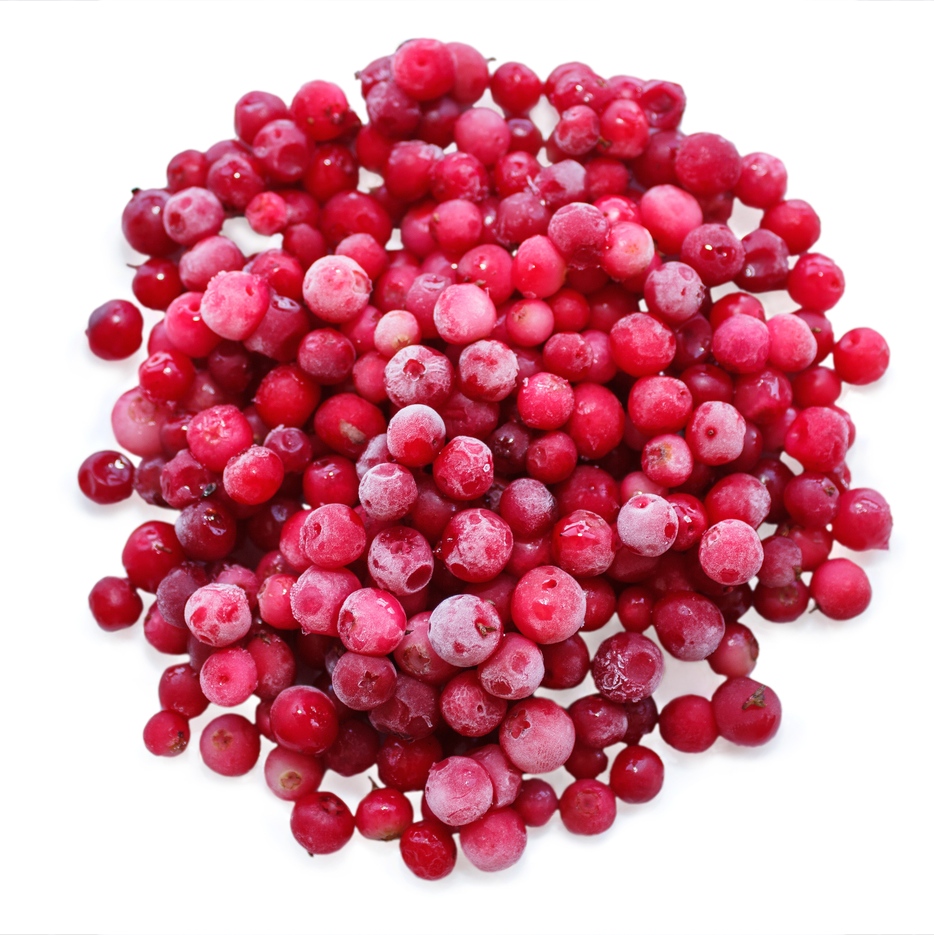
High-precision electronic cleaning and shock freezing preserve all the vitamins in berries, including such ‘fleeting’ macro and micro elements as potassium, calcium, phosphorus, magnesium, etc. We offer frozen lingonberries, bilberries, cloudberries, cranberries, wild and cultivated sea buckthorn, strawberries and cherries.
Wide range: bilberries, lingonberries, cranberries, cloudberries, sea buckthorn, rowan berries, blackcurrant, redcurrant, aronia berries
All the products are manufactured in accordance with Russian GOST food standards and specifications
Different options for packaging – 25 kilos bags, 10 kilos boxes
Free samples with delivery for tasting and recipe-making
All the products are certified. We provide their certificates.
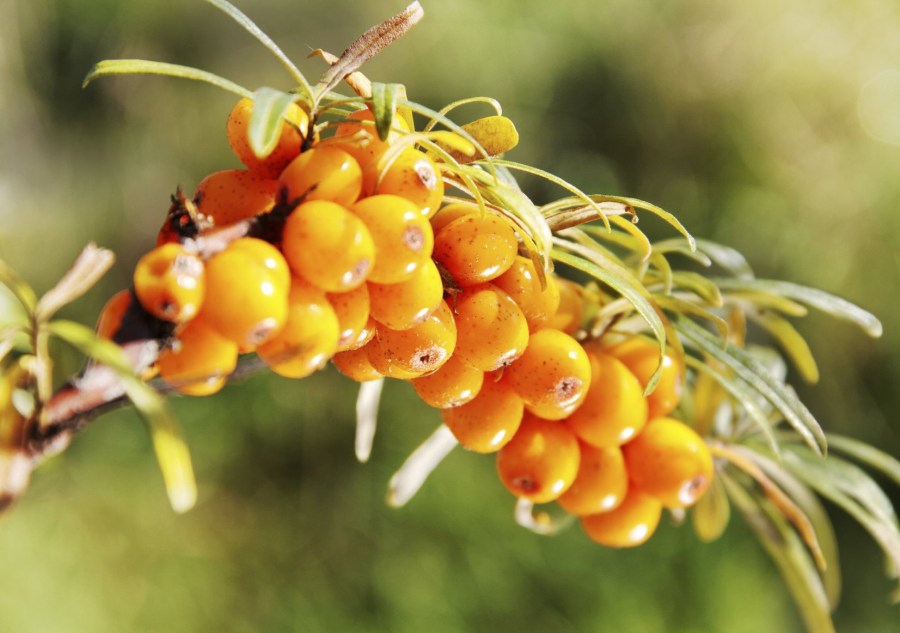
Frozen Sea Buckthorn
Sea buckthorn is a shrub or a small tree up to 6 or 10 metres tall. The leaves are alternate, narrow and long, grey white due to the star-shaped scales densely covering their underside. Fruits are small 0.4–0.5 g, light amber, oval, cylindrical or spherical, 6–10 mm long and 3–7 mm in diameter, with one seed. The fruits ripen in August to September. They taste sweet and sour, sometimes with a bitter aftertaste and very fragrant.
Sea buckthorn’s health benefits include a high content of vitamins B1, B2, C, E, K, P as well as Na, Mg, Fe, Si, Al, Mn and Mb. Due to high tannins content, sea buckthorn is used to combat viruses and bacteria, and has a pronounced anti-inflammatory effect. It also helps with gastritis, gastrointestinal diseases and metabolic disorders. Thanks to its antioxidants, sea buckthorn is an elixir of youth and health.
Sea buckthorn’s health benefits include a high content of vitamins B1, B2, C, E, K, P as well as Na, Mg, Fe, Si, Al, Mn and Mb. Due to high tannins content, sea buckthorn is used to combat viruses and bacteria, and has a pronounced anti-inflammatory effect. It also helps with gastritis, gastrointestinal diseases and metabolic disorders. Thanks to its antioxidants, sea buckthorn is an elixir of youth and health.
| Ingredients | frozen wild sea buckthorn, whole berries |
| Nutritional value per 100 g | protein 1.2 g, fat 5.4 g, carbohydrates 5.7 g. |
| Energy value per 100 g | 82 kcal |
| Packaging and weight |
corrugated cardboard boxes with polyethylene liner (10 kg), three-layer paper bag with a polyethylene layer (25 kg) |
| Shelf life | 12 months |
| Storage | - 18 С |
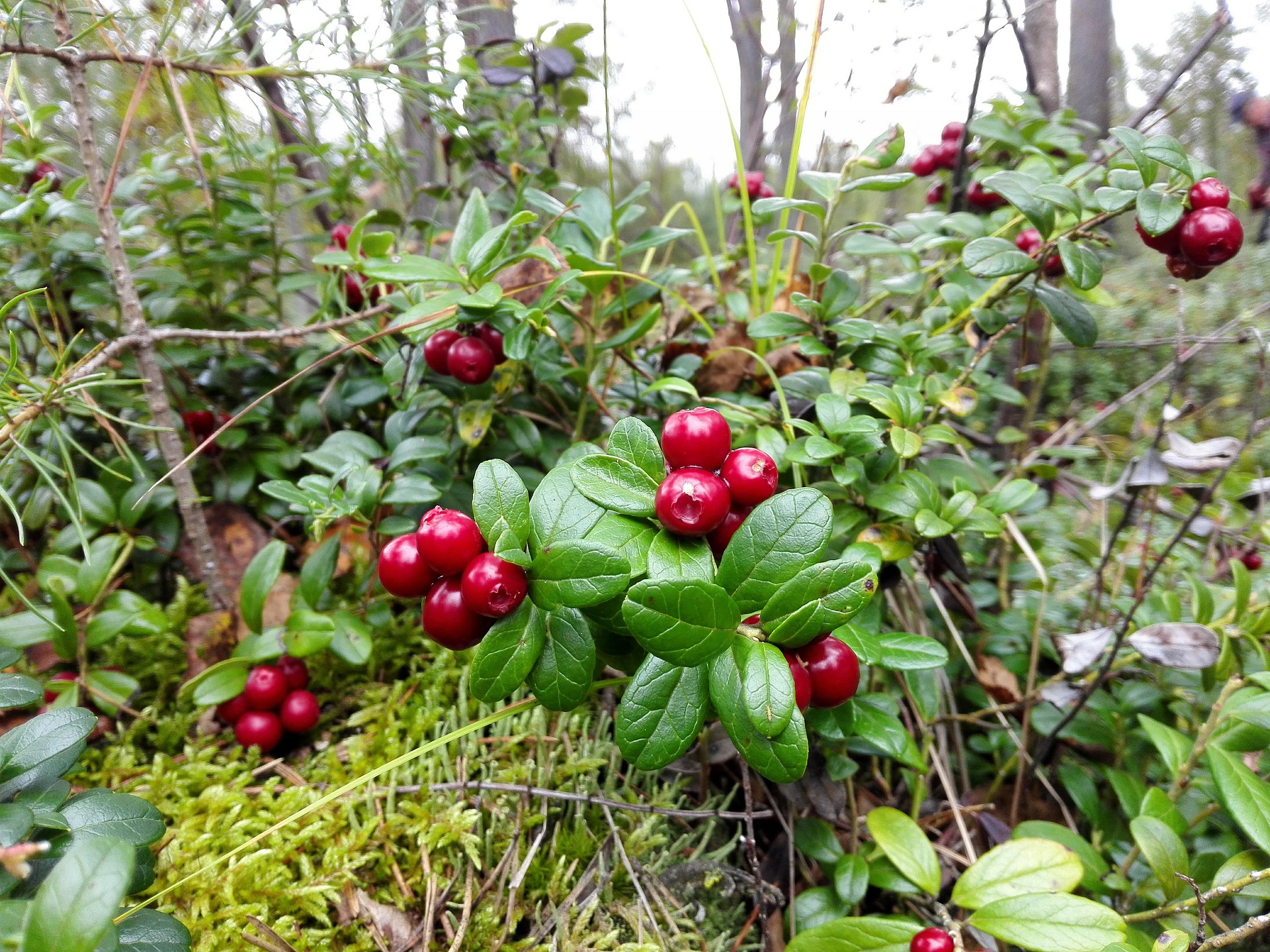
Frozen Lingonberries
Lingonberries are an evergreen, densely branched shrub with elliptical, shiny, leathery leaves and red berries growing in clusters. 8 to 15 centimetre high lingonberries grow in Karelia, predominantly in dry coniferous forests, but also in moist places and even in peat bogs.
Lingonberries’ health benefits include antimicrobial action due to which the plant has traditionally been used to treat bladder and other urinary tract infections. Rich in vitamins A, E and C as well as calcium, iron, potassium and magnesium, lingonberries are unrivalled when it comes to fighting vitamin deficiency. Lingonberries help with intoxication and remove toxins and salts of heavy metals.
Lingonberries’ health benefits include antimicrobial action due to which the plant has traditionally been used to treat bladder and other urinary tract infections. Rich in vitamins A, E and C as well as calcium, iron, potassium and magnesium, lingonberries are unrivalled when it comes to fighting vitamin deficiency. Lingonberries help with intoxication and remove toxins and salts of heavy metals.
| Ingredients | frozen wild lingonberries, whole berries |
| Nutritional value per 100 g | protein 0.7 g, fat 0.5 g, carbohydrates 8.2 g. |
| Energy value per 100 g | 46 kcal |
| Packaging and weight |
corrugated cardboard boxes with polyethylene liner (10 kg), three-layer paper bag with a polyethylene layer (25 kg) |
| Shelf life | 12 months |
| Storage | - 18 С |
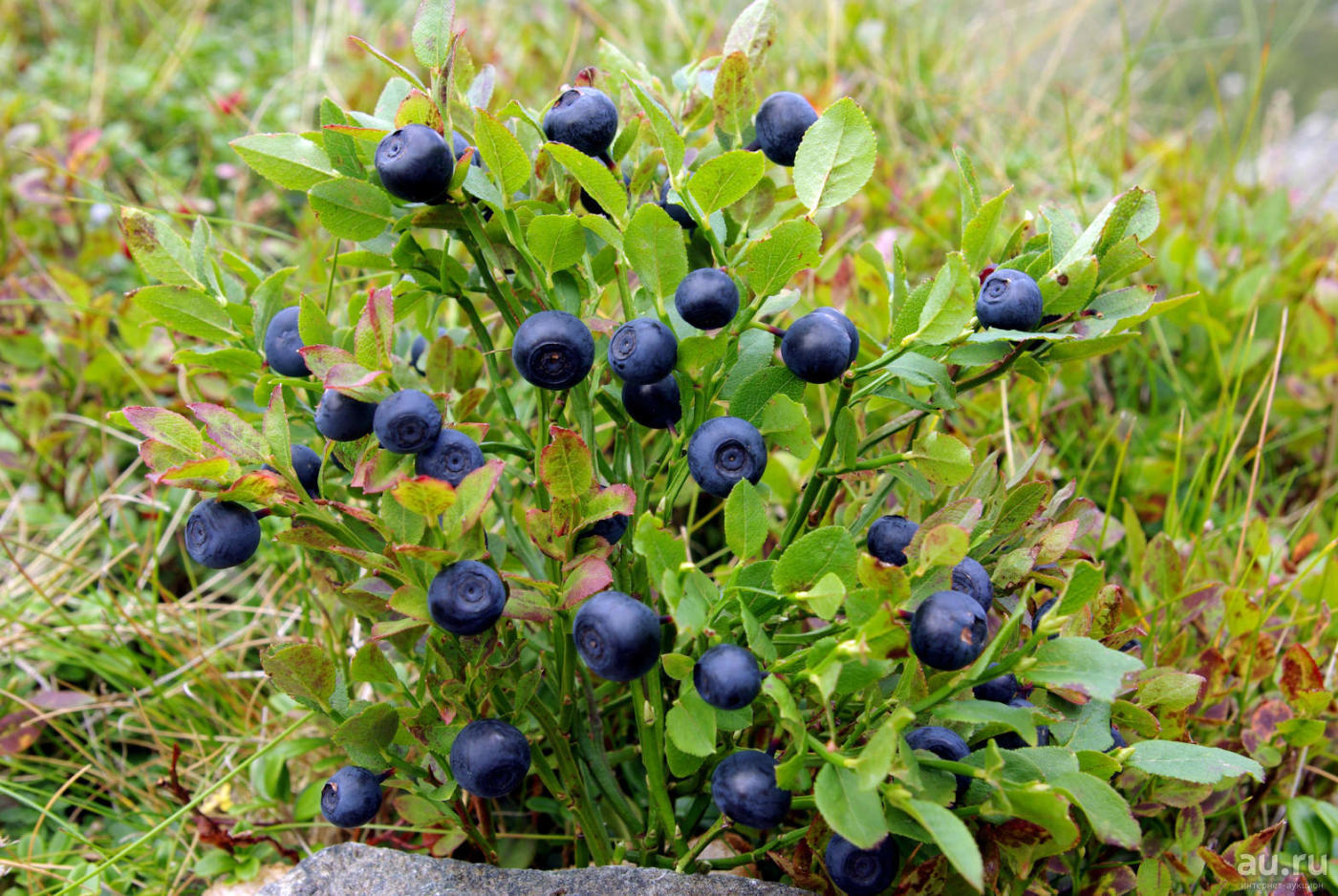
Frozen Bilberries
Bilberries are 20-40 cm high, low-growing and highly branched herbaceous and deciduous shrubs. Green branches grow at an angle. Its leaves are thin, oval, pale green and finely serrated at the edges. The plant has round, dark blue fruits of various sizes, sometimes dark purple, with a dark brown watery pulp and small seeds. In Karelia, bilberries grow predominantly in coniferous forests and lowlands near the water. Bilberries are a wonderful honey plant, pollinated mostly by bees and bumblebees.
Health benefits: bilberries are rich in iron, flavonoids, essential oils and organic acids. Bilberries have a unique complex of components, including vitamins of the B, C and PP groups as well as anthocyanins and glycosides which make bilberries an unrivalled remedy for regenerating the eye tissue and preventing eye diseases.
Health benefits: bilberries are rich in iron, flavonoids, essential oils and organic acids. Bilberries have a unique complex of components, including vitamins of the B, C and PP groups as well as anthocyanins and glycosides which make bilberries an unrivalled remedy for regenerating the eye tissue and preventing eye diseases.
| Ingredients | frozen wild bilberries, whole berries |
| Nutritional value per 100 g | protein 1.1 g, fat 0.6 g, carbohydrates 7.6 g. |
| Energy value per 100 g | 44 kcal |
| Packaging and weight |
corrugated cardboard boxes with polyethylene liner (10 kg), three-layer paper bag with a polyethylene layer (25 kg) |
| Shelf life | 12 months |
| Storage | - 18 С |
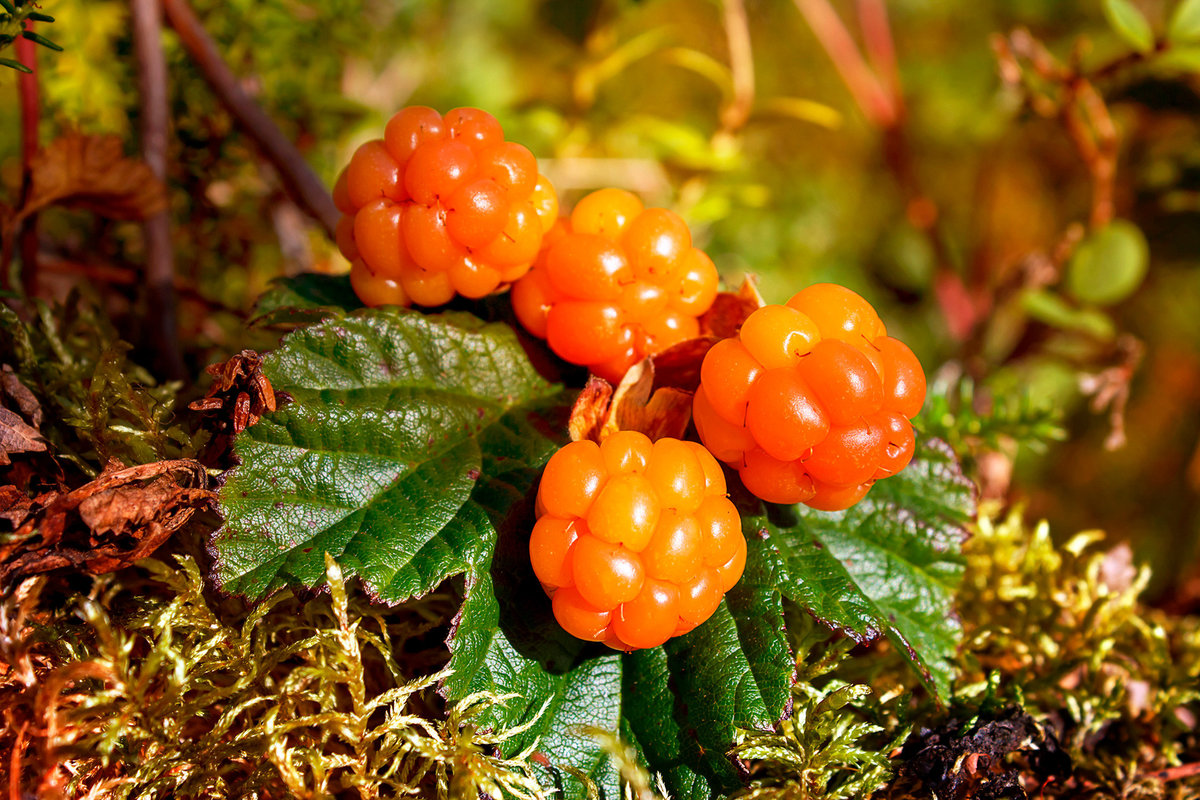
Frozen Cloudberries
Cloudberries are yellow or amber-coloured aggregates of drupelets, 1 to 1.5 cm in diameter. Its juicy berries have a delicious, delicate sweet aroma. Cloudberries grow in mossy swamps near rivers, marshes and lakes, on hummocks and in forest glades. A perennial herb with three to five-lobed leaves with uneven edges, cloudberries are very sensitive to the climate during flowering. Sudden frosts, rains or strong winds in summers often ruin cloudberry crops in Karelia.
The cloudberries’ health benefits include a high content of B vitamins, vitamin A and vitamin C, which make cloudberries a unique remedy for vitamin deficiency. Cloudberries also contain vitamin E which has a beneficial effect on the regeneration of the skin after burns, improves blood circulation throughout the body, and helps treat eczema. Cloudberries are used to treat cramps and prevent cardiovascular diseases.
The cloudberries’ health benefits include a high content of B vitamins, vitamin A and vitamin C, which make cloudberries a unique remedy for vitamin deficiency. Cloudberries also contain vitamin E which has a beneficial effect on the regeneration of the skin after burns, improves blood circulation throughout the body, and helps treat eczema. Cloudberries are used to treat cramps and prevent cardiovascular diseases.
| Ingredients | frozen wild cloudberries, whole berries |
| Nutritional value per 100 g | protein 0.8 g, fat 0.9 g, carbohydrates 7.4 g. |
| Energy value per 100 g | 40 kcal |
| Packaging and weight |
corrugated cardboard boxes with polyethylene liner (10 kg), three-layer paper bag with a polyethylene layer (25 kg) |
| Shelf life | 12 months |
| Storage | - 18 С |
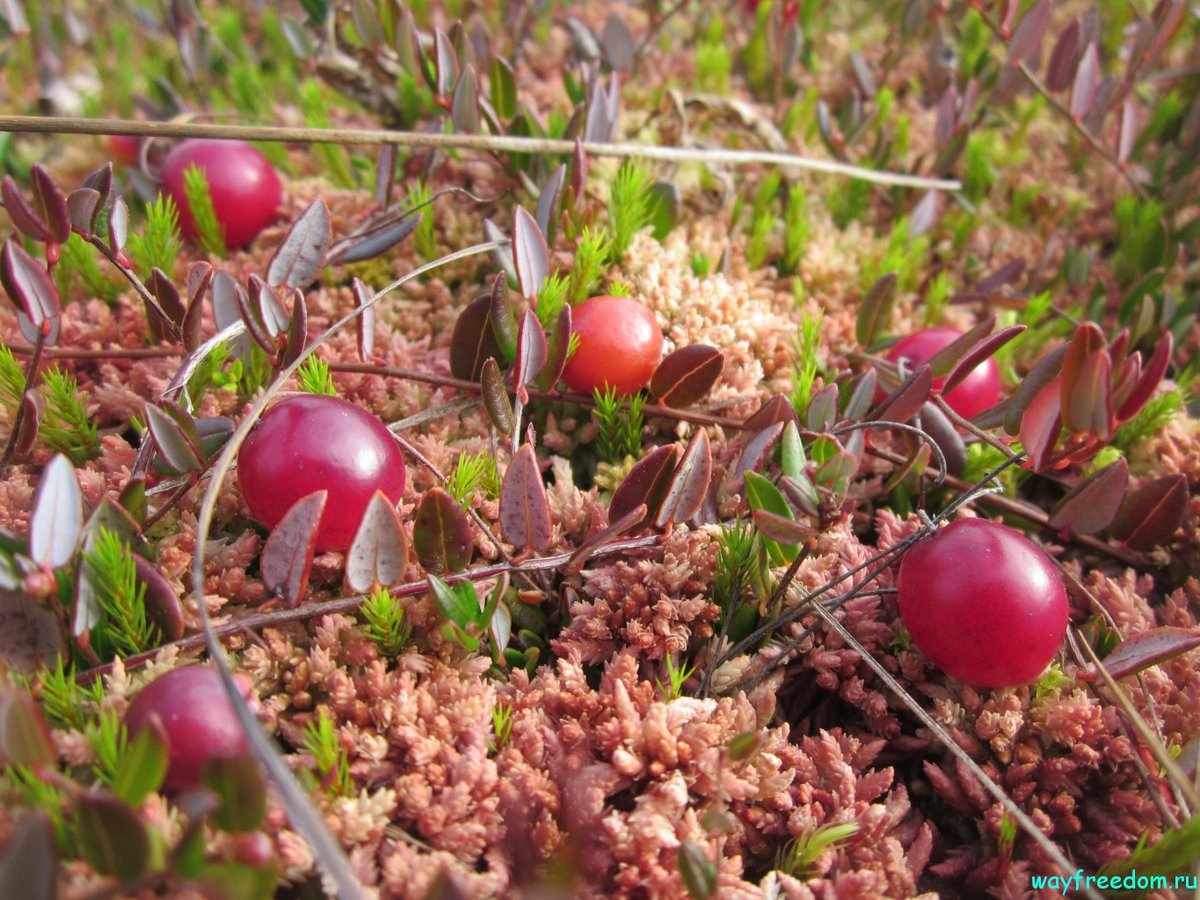
Frozen Cranberries
Cranberries are an evergreen shrub from the heather family. The plant is 10 to 30 cm high. Its stems are creeping, with small, round, elongated and egg-like leaves. The fruits are from reddish to dark red, round and oblong in shape. The berry is widespread in shrub wetlands, on peat bogs and in coniferous forests.
It contains a large amount of organic acids, including citric, benzoic, quinic, malic, succinic and oxalic as well as flavonoids: anthocyanins, flavonols, phenolic acids, catechins.
Cranberries also contain valuable vitamins of the B and PP groups and a rare vitamin phylloquinone as well as such minerals as iron, copper, molybdenum, manganese and iodine. Cranberry fruits contain substances from the group of antioxidants that can preventive degenerative eye diseases.
Cranberries help rejuvenate the skin, contributing to its regeneration and, being an excellent antiseptic, prevent various urinary tract infections.
It contains a large amount of organic acids, including citric, benzoic, quinic, malic, succinic and oxalic as well as flavonoids: anthocyanins, flavonols, phenolic acids, catechins.
Cranberries also contain valuable vitamins of the B and PP groups and a rare vitamin phylloquinone as well as such minerals as iron, copper, molybdenum, manganese and iodine. Cranberry fruits contain substances from the group of antioxidants that can preventive degenerative eye diseases.
Cranberries help rejuvenate the skin, contributing to its regeneration and, being an excellent antiseptic, prevent various urinary tract infections.
| Ingredients | frozen wild cranberries, whole berries |
| Nutritional value per 100 g | protein 0.5 g, fat 0.2 g, carbohydrates 3.7 g. |
| Energy value per 100 g | 28 kcal |
| Packaging and weight |
corrugated cardboard boxes with polyethylene liner (10 kg), three-layer paper bag with a polyethylene layer (25 kg) |
| Shelf life | 12 months |
| Storage | - 18 С |
Feedback